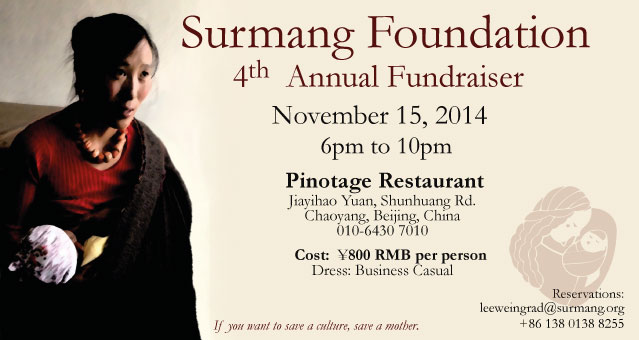-
◦ One ethnic group —97% Khampa Tibetan
-
◦ One language, Khampa Tibetan
-
◦ Almost total illiteracy in the Tibetan language
◦ Poverty: about ¥1RMB/day income (15¢ US).
◦ Rural/agricultural based: nomadic yak herders, farmers, and monastics.
-
◦ No public transportation, no individual ownership of cars, trucks.
-
◦ Traditional. Majority nomadic yak herders and farmers. Equal number before 1959 were
monastics.
◦ Spiritual. Only one religion — Tibetan Buddhism. Support monasteries, although there is a small
yogic population.
-
◦ Low-status of women and girls.
-
◦ Free medical care appeals to culture based on generosity as its core value
the last 10 years alone.
clinic.
-
◦ Doctors who are local highly trained Khampa Tibetans, who speak read and write the local
language
◦ Ceiling-level KPIs that focuses on mother and child health
-
◦ Free treatment/free meds
-
◦ Low per-patient costs
-
◦ High patient satisfaction
◦ Cooperation with Public Health Service
since 1990:
-
◦ Construction of the clinic (1992)
-
◦ KAP mass-data public health study (2005)
-
◦ Creation of Corps of 40 Community Health Workers (2006)
-
◦ Post Earthquake Partnership to export Surmang Model of Rural Health as a Sustainable
Prototype. (2010)
-
◦ Rural Health Festival (2011)

